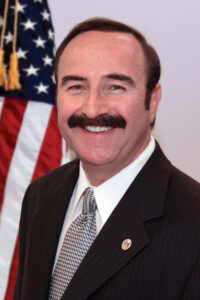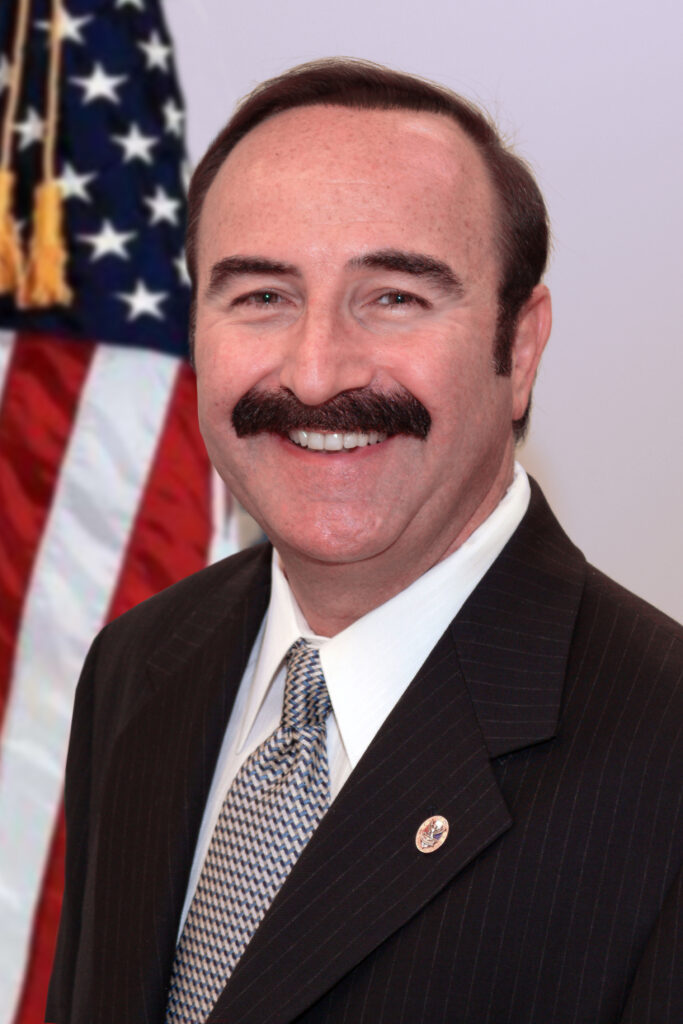I started at European Stars and Stripes and the 3rd Division Frontline newspaper as a de facto Wurzburg High School intern from 1971 to 1972 and later became a military journalist. It took 9 years working on base newspapers, winning awards, and becoming an editor to achieve my goal to become a “Striper.”
By 1982, I was a young Staff Sergeant in Tokyo working my way to become the senior correspondent and chief of bureaus at Pacific Star and Stripes. I wish I could have spent the rest of my life there because I love the smell of newsprint and the roar of the press, the teletypes, the morgue—one rarely gets to be self-actualized in a field that we love. I departed as a Sergeant First Class.
There are 1,000 stories in the naked city! My goal was to write something about someone every day. I was shocked by several reporters who claimed there was nothing to write about! We did have some very dedicated civilian writers and a few good military journalists, but they weren’t the old newsmen I grew up with. Our editors were very good, but they had no time to mentor.
Unfortunately, we had our share of military and civilian “cartoon characters” who didn’t help our relationship with the military.
On the flip side, the main interference we fought in those days (other than ourselves) was from the U.S. Embassy. I remember arguing with the press secretary at the U.S. Embassy in Tokyo well past two in the morning about a ridiculous embargo they wanted us to impose on the simple announcement of the new Sanno Hotel. Meanwhile, there were advertisements in Japanese papers soliciting vendors and contractors—and it was ironically the Fourth of July. I argued about how ridiculous it was that our military, which defends democracy, couldn’t read about a hotel being built for them— and pointed out that the people living in the hotel were affected because they would have to move out on short notice or postpone their plans to reside there. We finally printed the story.
Military brass were sometimes unhappy because our reporters made mistakes and weren’t interested in covering mundane command news. As Chief of Bureaus, I got my ears full about that.
One four-star complained that we wore civilian clothing, and he wanted to know our ranks. Much to his chagrin I gently stated that “while we don’t hide our rank if asked by a superior, we wear civilian clothing because sometimes, military people wanted to intimidate us with their rank.”
To combat that kind of thinking, some of us understood the importance of gaining credibility to secure sources. We avoided writing fluff and demonstrated that we could get facts right the first time, every time.
So, it took a while to build relationships with the brass and others—a never-ending challenge with such high turnover in commands. We were now reporting on drug dealers in high schools without going out of our way to look for dirt. Because we looked for news, and we were willing to cooperate to catch the drug dealers.
Frankly, I had more problems with some of the liberal civilian news editors, whose attitudes about the military were dismal (since they never served) than I did with a few uninspired military scribblers—though there were a few odd public affairs officers always suspicious of our motives because they felt their jobs were on the line.
I saw that as a lack of confidence on their part, not our credibility, having been in their roles a time or two. They reminded me of an officer who hated civilians in the government union. In my view, if there were no poor leaders, unions wouldn’t exist to protect workers with legitimate grievances.
Truthfully, we had a dumb habit of assigning a low-ranking military person to their own military branch—not a bright thing when they controlled a fellow’s pay records, personal records, and assignments which often meant the next assignment was with them!
So, we changed that by implementing a five-year plan to place more senior people in the field from different service components with mainly civilian bureau chiefs. That way, they had to learn, and no one could intimidate them about their next assignment.
Part of our five-year plan was to reopen bureaus in Guam, Okinawa, and the Philippines after a 10-year hiatus. We completed that in two years. We also expanded coverage in Japan, South Korea, and Washington DC. We switched from typewriters to computers—oddly using an English product, a Linotype System 60. Yet, the sounds of typing still filled the air because we relied on teletypes to communicate; there was no internet yet.
Our five daily editions were supplemented by a Pacific Page and a Pacific Sunday feature edition.
Short of covering a war, it was a great time to be a Stripes reporter!
When conflicts with military leaders arose, we went to the congressional subcommittee on printing—there was always a congressman willing to help.
It seemed criminal that no commander of European or Pacific Star and Stripes was ever promoted to general. Because some of those commanders, like the late Colonel Joe Burlas, were very good, decent men (and women) that our country needs today.
When I was a child, we read Star and Stripes religiously, and most of the drafted soldiers I knew were journalists, even in the days of underground newspapers in Europe. Star and Stripes was a vital information source, alongside underground newspapers like Overseas Weekly, which all told the truth—some more brutally than others.
I had no trouble joining state press associations and societies for newspaper design and public relations. Armed with several degrees and over 27 years of public affairs and military newspaper experience, I planned a transition into roles where I could write stories about a man living under a bridge or become a war correspondent.
Despite an impeccable reputation, resume, and press awards, some civilian media didn’t consider military writers a “real” journalist. So, I eventually ended up working as a senior GS15 Public Affairs professional and started my own small firm.
Now, with international press credentials, I still shake my head at how notions of reporting have changed to entertainment, and how anyone with a cell phone thinks they are a journalist. I remain saddened that Star and Stripes no longer has the reputation it had dating from the Civil War through two World Wars, Korea, and Vietnam. I mean, during my college days any daily paper worth its salt would hire a Stripes reporter on the spot. Not so today. They seem to think we are propagandists instead of reporters.
One issue today is the need for more local news to retain readership. I recall one of my early editors who barked: “All news, like all politics, is LOCAL”. And he was mostly right.
As I watch newspapers fold, readers complain about a lack of local content, and yet prefer national news they can watch on TV or via short snippets on their cell phones. Gone are the days of having more than one verified source or the editors who insisted on it.
I believe that the more in-depth coverage is best read in hand via a newspaper or magazine—and it’s a lot easier on our eyes. You don’t need a $800 cell phone or $1500 laptop or batteries—things that get mighty weighty when you are a soldier in the field. And there is nowhere to repair them when the weather, or the dirt and dust and mud take their toll so one must lug around a backup.
That said, two Nikons are always better than one and won’t let you down. A tape recorder will.
When I’ve lectured at colleges, I’m amazed and sad that so many people today say they don’t read books or magazines– young people who work on computers and cell phones all day without ever opening a real book. Not even while earning their degrees. For a newsperson with ink in their blood that seems sinful to me.
People who can’t read are unlikely to be good writers and are less likely to be informed citizens, making them more susceptible to propaganda. It’s what I called one of my lectures: How the West was Spun.
I cringed when the late Andy Rooney, whom we all admired, visited European Star & Stripes and declared it had lost its relevance or words to that effect.
No. The mission of bringing credible news and information to Americans abroad will never go out of style.


